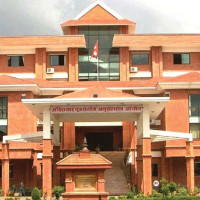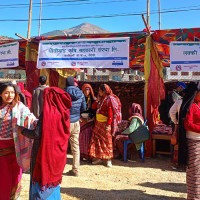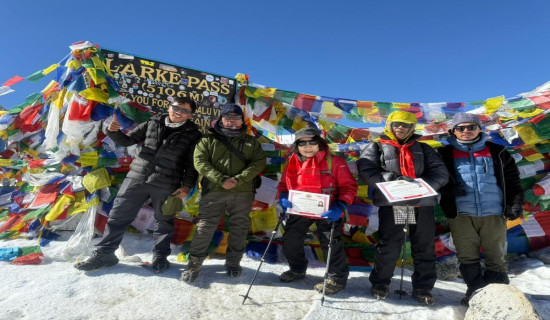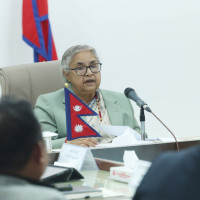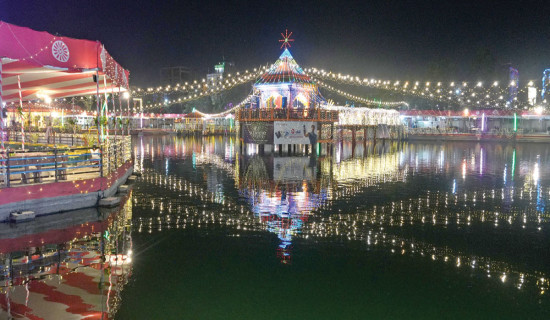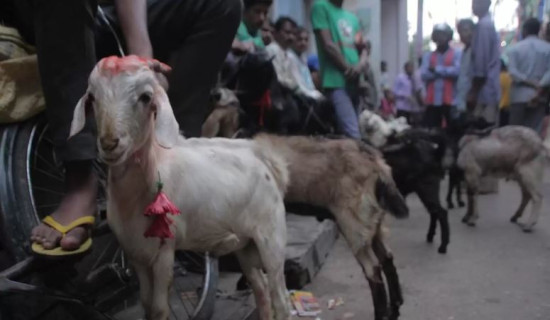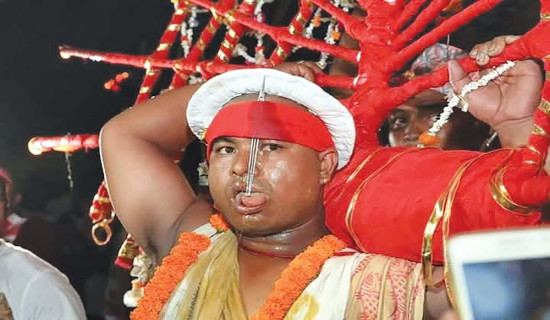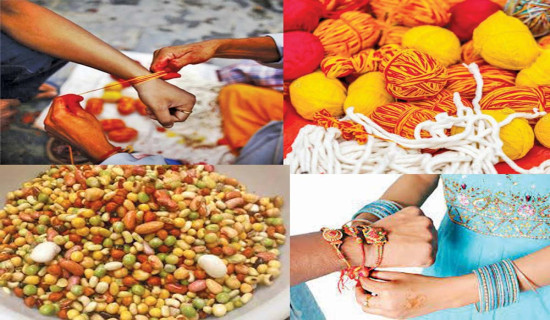- Monday, 15 December 2025
Tilaurakot, Ram Janaki Temple and Panauti’s nominations on WHS in process
Kathmandu, June 9: UNESCO’s tentative list includes 15 sites from Nepal. Tilaurakot, the capital of the ancient Shakya Kingdom, along with the Ram Janaki Temple and Panauti, are currently in the process of being nominated as World Heritage Sites (WHS).
According to the procedure for WHS nomination, the Department of Archaeology (DoA) submitted the nomination dossier for Tilaurakot to the UNESCO World Heritage Centre (WHC) last year.
Saubhagya Pradhanang, Director General of the DoA, told The Rising Nepal that Tilaurakot has been nominated as an independent cultural property for WHS inscription.
The Ministry of Culture, Tourism, and Civil Aviation has given high priority to Tilaurakot's nomination to the WHS list.
Monuments that are distinct and unique are listed as independent properties. The cultural value of Tilaurakot is both unique and significant, which is why it was selected as an independent property.
Director General Pradhanang explained that the WHS nomination process does not end with submitting the dossier to the World Heritage Committee; the documents must go through a rigorous, multi-layered vetting process.
The DoA is now focusing on preparing the necessary documents, as mandated by UNESCO, for the nomination of the Ram Janaki Temple and Panauti, she said.
Sandeep Khanal, Chief of the World Heritage Conservation Section at the DoA, said that among the three sites currently in the nomination process, Tilaurakot is in the final stage. It will be submitted for discussion at the 47th session of the World Heritage Committee, to be held at UNESCO Headquarters in Paris, France, from July 6 to 16.
“The discussion will determine whether Tilaurakot meets UNESCO's criteria for nomination,” he said.
Regarding the progress of the Ram Janaki Temple and Panauti, Khanal stated that both are in the initial phase. Documentation is underway and a team of specialists is conducting studies and research in coordination with the mayors of the respective municipalities.
The architectural complex of Panauti, located at the confluence of the Roshi and Punyamati rivers, and the archaeological remains of the ancient Shakya Kingdom at Tilaurakot have been on UNESCO’s tentative list since 1996. The Ram Janaki Temple was added in 2008.
"The listing is a very long process. It takes many years to complete the required steps. Tilaurakot’s nomination progressed through a fast-track process because the ministry prioritised it," Khanal added.
Initial discussions have also begun on nominating the Sinja Valley in Jumla and the Gorkha palace complex for WHS status. “These are still at the very early discussion phase with recent consultations held with local stakeholders,” he said. Sinja Valley, once the capital of the ancient Khas Kingdom, is also considered the birthplace of the Nepali language.
The medieval palace complex of Gorkha is a spectacular site located on a hilltop. It includes the royal palace, the cave of Gorakhnath, Kalika Temple and other significant monuments.
Once the State Party (Nepal) prepares the nomination files, they are submitted to the World Heritage Centre (WHC) for review. After submission, the WHC forwards them to the appropriate advisory bodies for evaluation.
Each nominated site is independently evaluated by two advisory bodies of the World Heritage Convention: the International Council on Monuments and Sites (ICOMOS) and the International Union for Conservation of Nature (IUCN). After evaluation, the final decision on inscription is made by the intergovernmental World Heritage Committee.
Local communities should also be aware of the norms and values of World Heritage Sites and take responsibility for their preservation to receive UNESCO endorsement, Pradhanang emphasised.
“The process to enlist Lo Manthang of Mustang as a UNESCO World Heritage Site has resumed,” she informed.
Previously, the nomination process had stalled due to local opposition. Although the DoA made efforts for over 15 years, it had been unsuccessful.
Currently, Nepal has four UNESCO World Heritage Sites—two cultural and two natural. The cultural sites are the Kathmandu Valley and Lumbini, while the natural sites include Chitwan and Sagarmatha National Parks.




